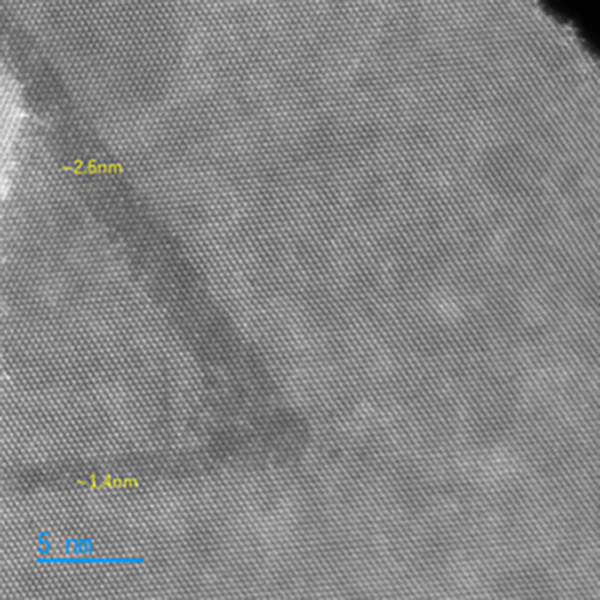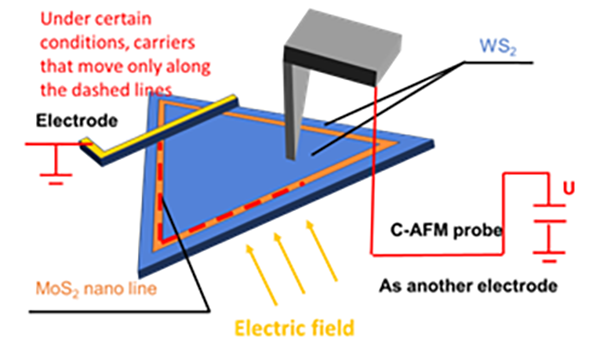MANA International Symposium 2025
Quantum Materials - 05
Abstract
Carrier density is a crucial metric for semiconductor performance, often influencing device performance, reflecting the material‘s controllability and determining band filling and Fermi level, thereby influencing the material’s optical and electrical behavior. Two-dimensional materials are only one or a few atomic layers thick, so an external electric field can directly penetrate the entire material. The electric field has a significant impact on the distribution of electrons inside the material. Compared with three-dimensional materials, two-dimensional materials are more sensitive to changes in external electric fields. Therefore, applying an electric field to two-dimensional materials is an effective way to study carrier. Among many two-dimensional materials, TMDs (Transition Metal Dichalcogenides), with their two-dimensional structure and tunable properties, provide a unique platform for precisely controlling carrier behavior, making them key materials for next-generation electronic and optoelectronic devices. By using our laboratory’s advanced two-dimensional material MOCVD growth system, we have fabricated a single-layer two-dimensional heterostructure that WS2 with a nanoscale MoS2 channel embedded within it


Reference
- FANG.ZHANG, CRYSTAL GROWTH & DESIGN vol. 24 issue. 14, 6001-6006 (2024). DOI: 10.1021/acs.cgd.4c00477

